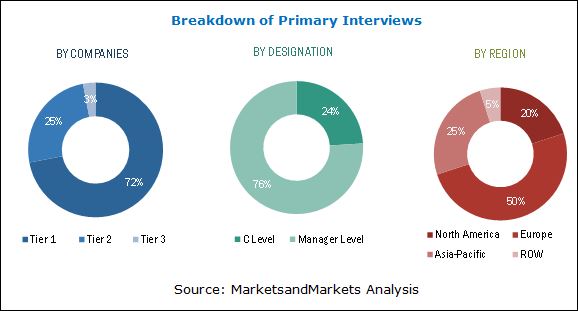The global flock adhesives market is projected to grow from USD 2.35 Billion in 2017 to USD 3.18 Billion by 2022, at a CAGR of 6.3%. Applications of flock adhesives are increasing due to the increasing requirement for bonding dissimilar materials, substituting traditional materials with synthetic substrates, and increasing focus on reducing VOC emissions. From an engineering and design perspective, adhesives are valued because of their ability to bond dissimilar substrates, resist vibration, and distribute stresses over a wide area. Growth in applications, especially in the emerging markets of Asia Pacific, and the shift in consumer preference toward high-quality and decorative products are driving the growth of the flock adhesives market.
Download PDF Brochure: https://www.marketsandmarkets.com/pdfdownloadNew.asp?id=240810348
The Asia Pacific, Europe, and North American regions are the major markets for flock adhesives. Asia Pacific has emerged as the leading customer of flock adhesives owing to the increasing demand from various applications in the region, increasing disposable income, and easy access to resources. The growth of the flock adhesives market in the Asia Pacific region is mainly driven by China, which is experiencing substantial growth fueled by the rising investments in the infrastructure required for establishing manufacturing facilities for flock adhesives in the country.
According to China Adhesive Association, China has maintained its position as the world’s leading market of flock adhesives, in terms of production and consumption. The growing middle-class population is one of the major drivers for the flock adhesives market in Asia Pacific (particularly China). The middle-class population in countries such as China and India have been shifting towards purchasing luxury products such as cosmetics, watches, jewelry, and other luxury items. This trend is further expected to increase the demand of flock adhesives, as flocks are extensively used in improving the aesthetics of luxury products.
Key players profiled in the report are Henkel (Germany), H.B. Fuller (US), Sika AG (Switzerland), Dow Chemical (US), Kissel + Wolf (KIWO) (Germany), LORD Corporation (US), Nyatex (US), Stahl Holdings (Netherlands), International Coatings (US), and Gemteks Tekstil Boyalari (Turkey), among others.
Dow Chemical (US) has a strong position in the flock adhesives market and its consumer solutions business segment has a global presence. The company adopted partnerships & collaborations as a key strategy to enhance its position in the flock adhesives market. In June 2016, Dow Automotive and Aston Martin formed a technical partnership which is expected to facilitate an expansion of their collaborative development efforts. As a part of this partnership, a broader portfolio of Dow Automotive, including flock adhesives, will be utilized for Aston Martin production models and race cars. The company provides flock adhesives with a strong focus on green technologies in comparison to other companies. Dow Chemical also offers multiple brands of flock adhesives such as MOR-FLOCK and POLYFLOCK.
Sika AG (Switzerland) adopted the strategy of mergers & acquisitions to strengthen its position in the flock adhesives market. In 2015, Sika acquired Axson Technologies (US), a leader in the formulation of adhesives, composite materials, and encapsulation. The company has plans to expand its revenue and geographical presence with this acquisition and enhance its flock adhesive product offerings. Sika AG offers a wide range of flock adhesives under the brand names SikaMelt, SIKASENSE, and SikaTherm for automotive applications.
Read More: https://www.marketsandmarkets.com/PressReleases/flock-adhesive.asp






